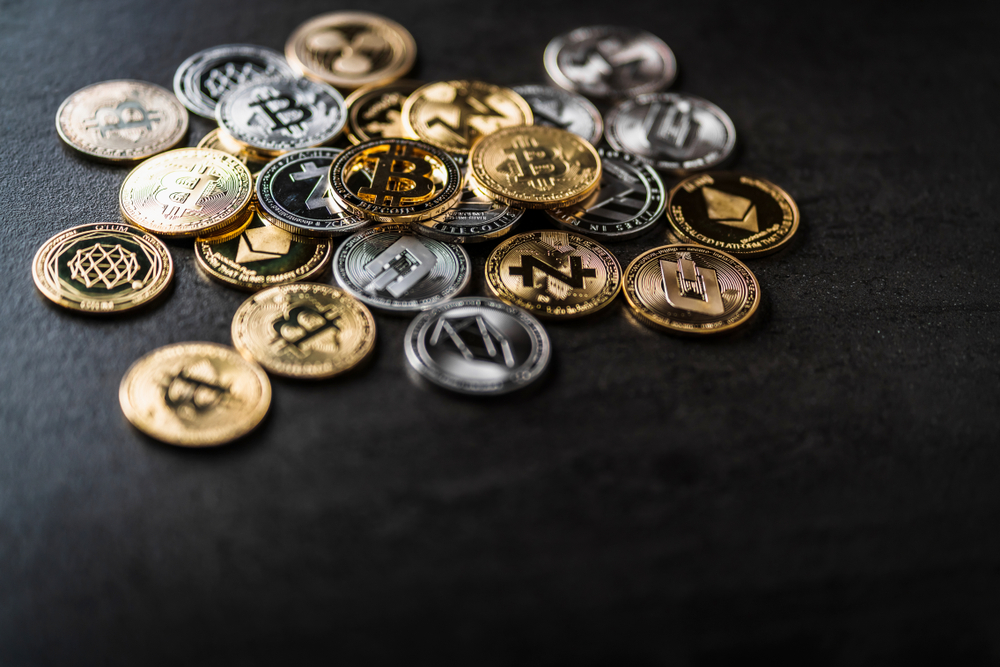Kris Marszalek, CEO of Crypto.com, has addressed the crypto community stating that, despite the crypto winter, rumors of liquidation and the FTX meltdown, the Crypto.com exchange will remain strong and will not be liquidated.
Will Crypto.com Get Liquidated?
Following the FTX crisis, exchanges were tasked with the responsibility of scaling above the crypto market crash while also assuring the public that they would not follow in the footsteps of FTX. Kris Marszalek addressed the public after rumors of it being the next to be liquidated began to circulate.
All indicators of liquidation support this rumor, as the Crypto.com exchange token was reported to have fallen by 45% in the last week. The exchange’s trading activity has also decreased from a peak of $4 billion last year to $284 million, representing more than a 50% drop in trading volume. This was due to the rate at which investors rushed to withdraw funds from the exchange following the FTX disaster.
Kris stated in an interview that the exchange connection with FTX was minimal, as it shared only $10 million of its holdings, and that his exchange has a very robust balance sheet with no indication of liquidation.
Ulterior Motive To Transactions Between Exchanges?
He did, however, claim that exchanges made transactions with one another a routine occurrence in order to foster growth and development, although it recovered 90% of its assets from the FTX exchange prior to the crash.
This point was pushed further by stating that a Proof of Reserve Audit will be shown to convince the crypto community that the exchange is very much stable and would not face liquidation.
The $400 million fund transfer was a recent event that raised concerns about the liquidity of Crypto.com. The Crypto.com exchange claimed that it transferred $400 million meant for a cold storage wallet to a Gate.io address by accident.
However, the public did not appear to believe this, claiming that the exchange had an ulterior motive. Some alleged that this transfer was a frequent exchange strategy between exchanges to inflate their holdings before taking snapshots of their proof of reserve.
Both exchanges attempted to dissuade this speculation saying the funds had been reversed, displaying proof of reserves that it was a mistake and that the issue was under control.
